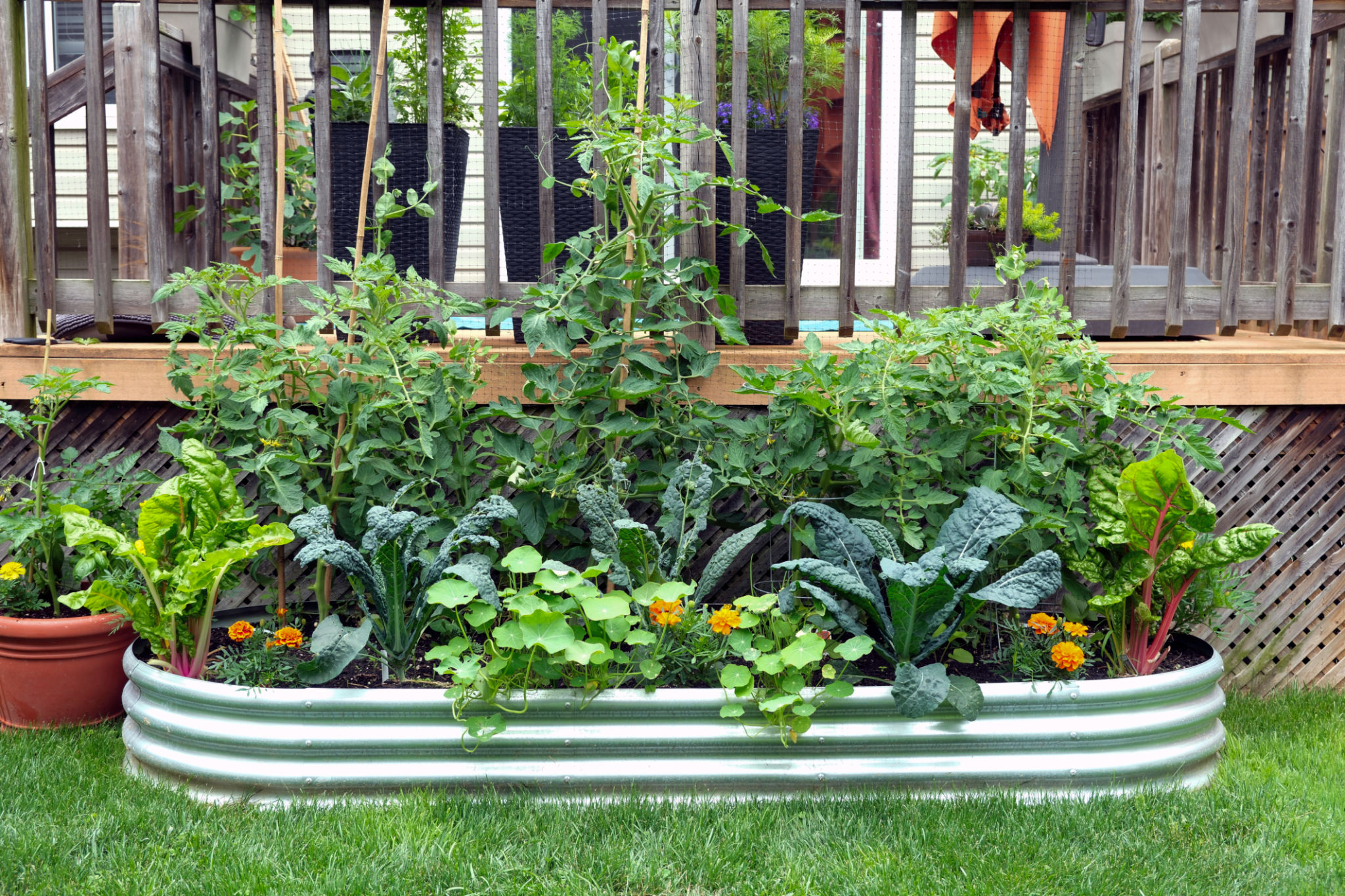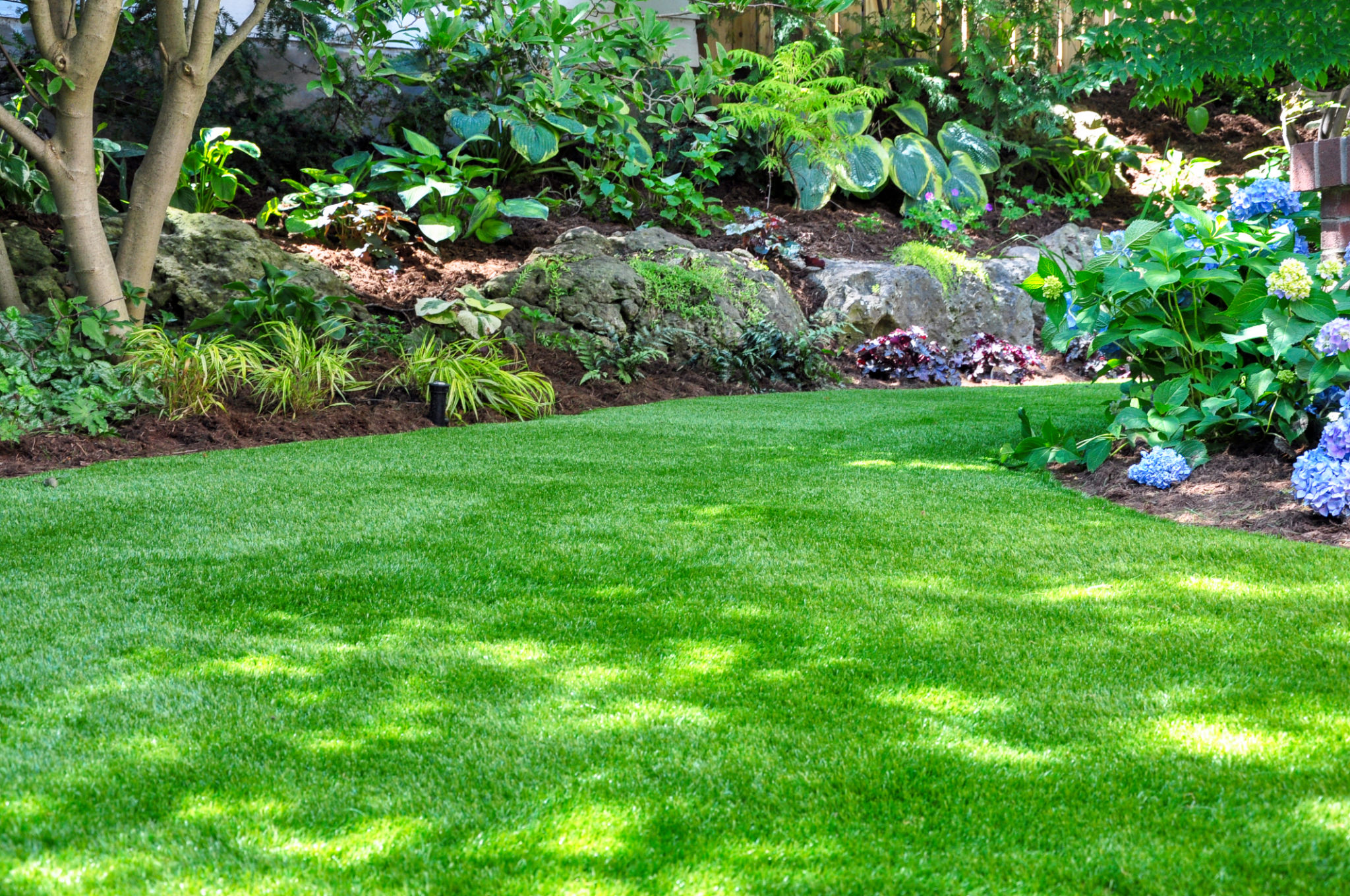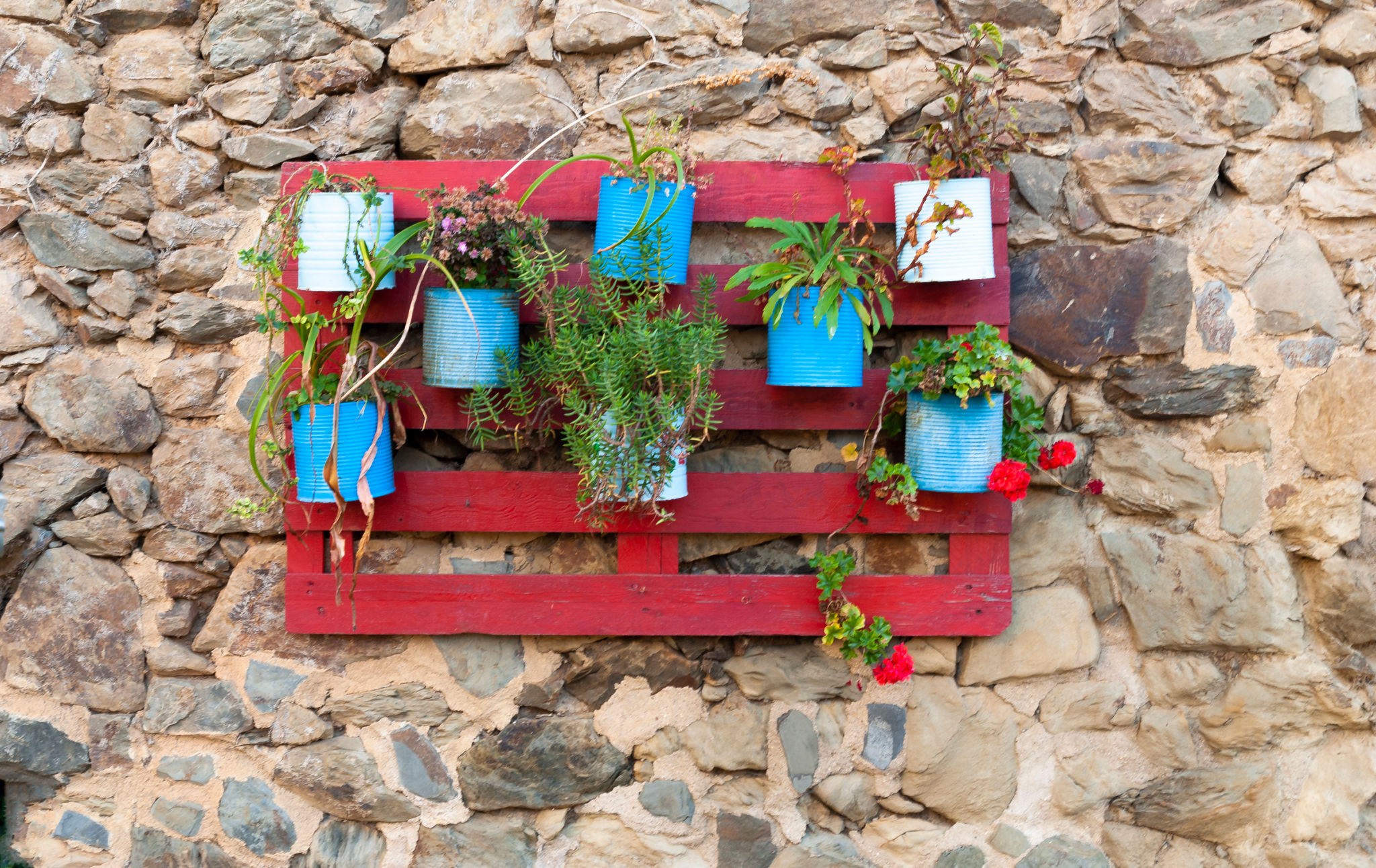Sustainable Yard Solutions: A Guide to Eco-Friendly Landscaping
Understanding Sustainable Landscaping
In today's world, where environmental consciousness is on the rise, sustainable landscaping has emerged as a popular trend among homeowners. This approach not only beautifies your yard but also contributes to environmental preservation. By implementing eco-friendly practices, you can create a landscape that requires less water, reduces waste, and supports local biodiversity.

Choosing Native Plants
One of the simplest ways to make your yard more sustainable is by selecting native plants. These plants are already adapted to the local climate and soil conditions, which means they require less water and maintenance. Additionally, native plants support local wildlife, including pollinators like bees and butterflies. Incorporating a variety of native species can create a vibrant and resilient ecosystem right in your backyard.
Water Conservation Techniques
Water conservation is a critical aspect of sustainable landscaping. Implementing smart irrigation systems, such as drip irrigation, can significantly reduce water usage by delivering water directly to the plant roots. Additionally, consider using rain barrels to collect rainwater for watering your garden. Installing drought-resistant plants and creating rain gardens are other effective techniques to minimize water consumption.

Composting and Soil Health
Healthy soil is the foundation of any successful garden. By composting organic waste from your kitchen and yard, you can enrich the soil with essential nutrients without relying on chemical fertilizers. Composting not only reduces waste but also improves soil health, leading to healthier plants. Start a compost pile in a corner of your yard or use a compost bin for a tidier option.
Utilizing Mulch
Mulch is an excellent tool for maintaining sustainable landscapes. It helps retain moisture in the soil, suppresses weed growth, and adds organic matter as it breaks down. Organic mulches such as wood chips, straw, or grass clippings are preferred as they improve soil quality over time. Spread a layer of mulch around your plants to protect them and enhance the aesthetic appeal of your garden.

Integrating Wildlife Habitats
Creating a space that supports local wildlife is another key component of eco-friendly landscaping. Incorporating bird feeders, birdbaths, and native flowering plants can attract various species to your yard. Consider adding bat boxes or bee hotels to provide shelter for these beneficial creatures. By fostering a habitat for wildlife, you contribute to biodiversity and enjoy the natural beauty they bring.
Using Eco-Friendly Materials
When designing your landscape, opt for eco-friendly materials whenever possible. Recycled or reclaimed materials can be used for pathways, borders, and garden structures. Avoid chemical-laden pesticides and fertilizers that can harm the environment; instead, explore natural alternatives that are safe for the ecosystem. Making these conscious choices helps reduce your carbon footprint while maintaining a beautiful yard.

By embracing sustainable yard solutions, you're not only creating a beautiful outdoor space but also contributing positively to the environment. Implementing these eco-friendly practices will ensure that your landscape thrives while minimizing its impact on the planet. Start small and gradually incorporate these strategies into your yard design for lasting benefits.
